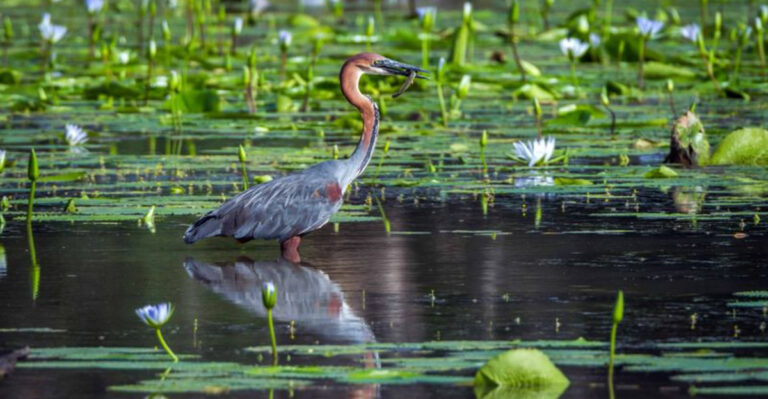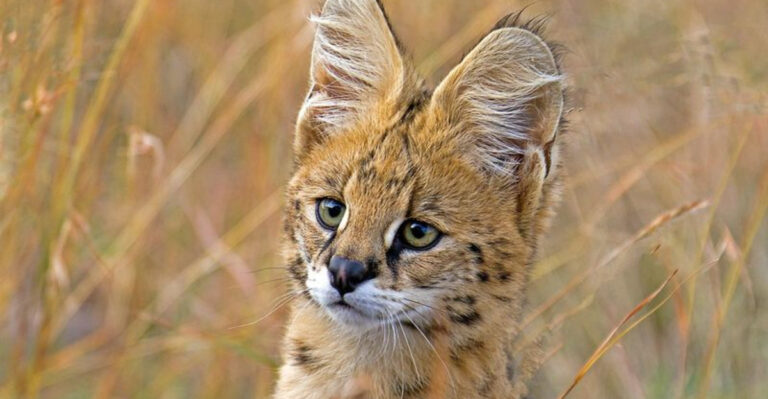The 10 U.S. States With The Most Rattlesnakes And 5 States Where They’re Rare
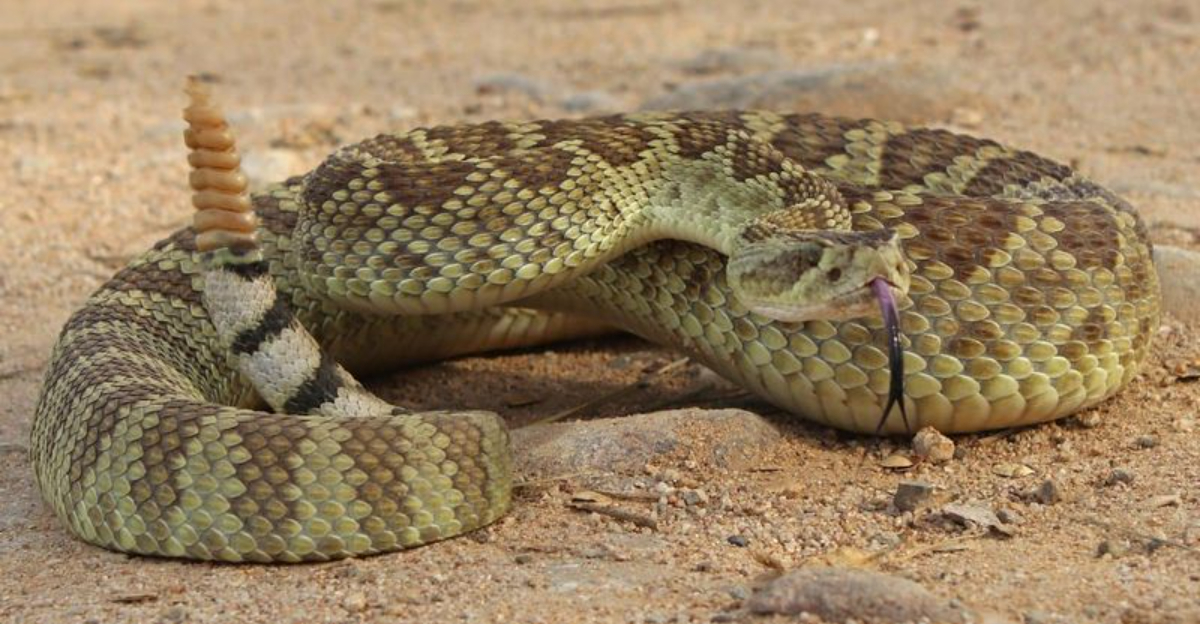
Rattlesnakes are a symbol of the wild, found across many U.S. states, but their populations vary widely depending on the region. Some states are home to large numbers of these venomous reptiles, while others have far fewer.
Whether you’re a wildlife enthusiast or just curious, this list will provide insight into where these fascinating creatures are most abundant and where they’re hard to find.
1. Arizona
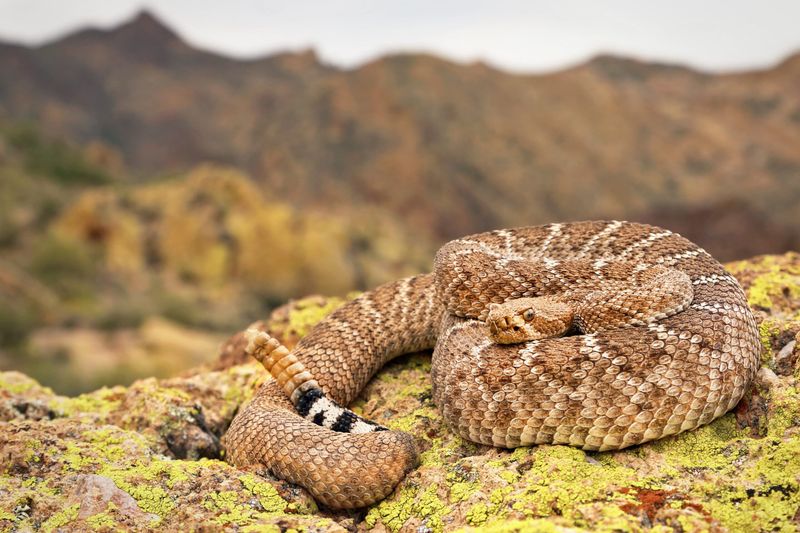
The Grand Canyon State houses 13 different rattlesnake species – more than any other state! From the massive Western Diamondback to the tiny Sidewinder, these reptiles thrive in Arizona’s diverse desert landscapes.
Summer hikers often encounter these snakes basking on sun-warmed rocks or seeking shade under desert vegetation. The Arizona Black Rattlesnake, found nowhere else on Earth, makes its home exclusively in the state’s mountain forests.
2. Texas
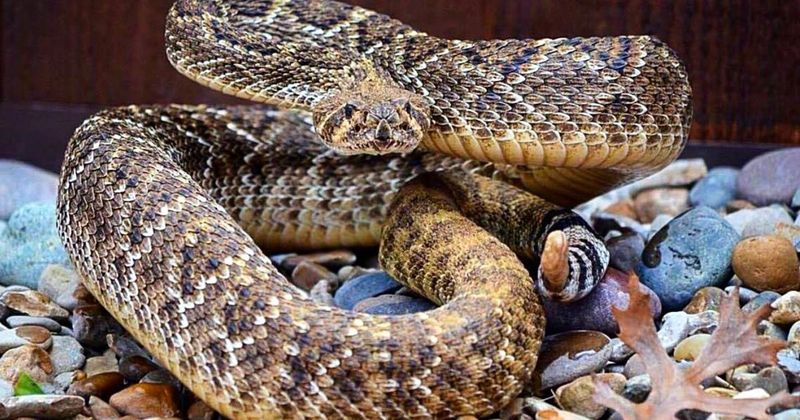
Everything’s bigger in Texas – including the rattlesnake population! The Lone Star State boasts 10 different species, with the Western Diamondback being the most common troublemaker around homes and ranches. Small towns like Sweetwater host annual rattlesnake roundups, gathering thousands of snakes.
Rural Texans often encounter these reptiles while working outdoors, especially during spring when snakes emerge from winter dens seeking warmth.
3. California
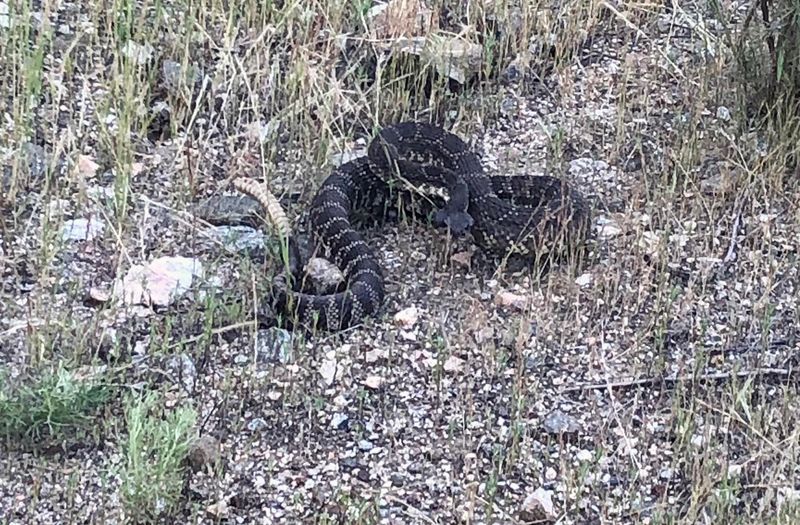
From coastal regions to scorching deserts, California’s varied landscapes support seven different rattlesnake species. The Southern Pacific Rattlesnake causes the most bites in populated areas, especially around Los Angeles hiking trails.
Northern California hosts the rare Timber Rattlesnake in forested mountain regions. Beach-goers might be surprised to learn that certain coastal areas harbor rattlesnakes too, with the Western Diamondback occasionally spotted near beach dunes in southern parts.
4. New Mexico
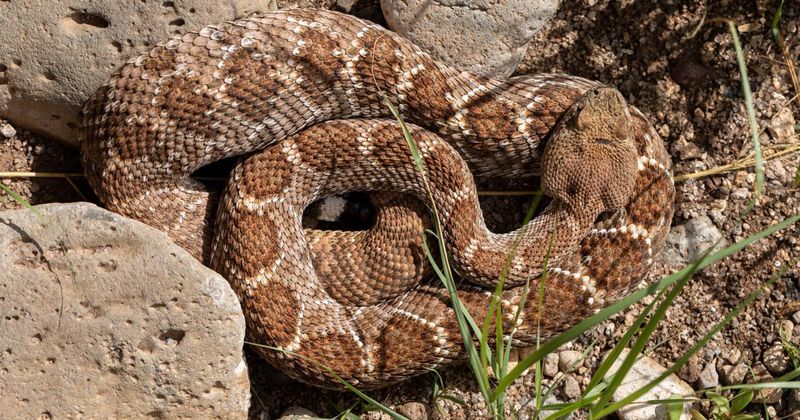
New Mexico’s dry, rocky terrain creates perfect habitat for eight rattlesnake species. The Prairie Rattlesnake dominates the eastern plains, while Rock Rattlesnakes prefer the state’s numerous mountain ranges.
Local folklore includes numerous rattlesnake stories passed down through generations of ranchers. During summer monsoon season, rattlesnake encounters increase dramatically as the reptiles become more active, hunting rodents that emerge after rains.
5. Oklahoma
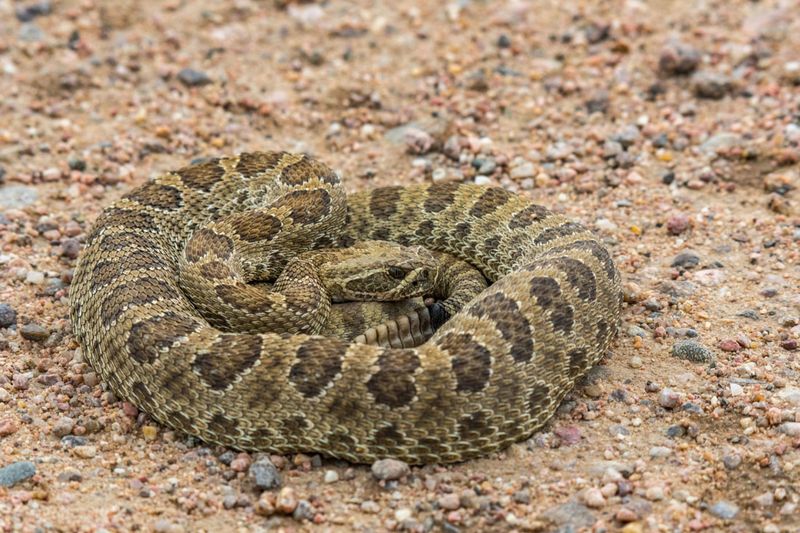
Oklahoma’s mix of prairies, mountains and forests hosts seven species of rattlesnakes. The Prairie Rattlesnake dominates western regions, while Timber Rattlesnakes prefer the eastern woodlands. Farmers frequently encounter these reptiles while working fields during summer months.
Local emergency rooms keep specialized antivenin on hand year-round, especially in rural areas where bites occur more frequently during spring planting and fall harvest seasons.
6. Nevada
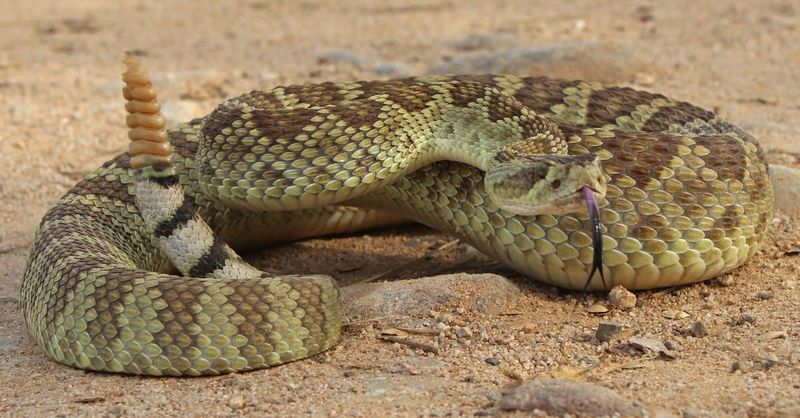
Nevada’s harsh desert conditions might seem uninhabitable, but five rattlesnake species thrive there! The Mojave Rattlesnake, with particularly potent venom, makes its home in southern regions near Las Vegas. Rock climbers occasionally disturb hidden rattlers while scaling Nevada’s numerous cliffs.
Mining operations sometimes uncover rattlesnake dens, with workers reporting finding dozens of snakes hibernating together in abandoned shafts during winter exploration.
7. Colorado

Colorado’s diverse elevation zones support three rattlesnake species, with the Prairie Rattlesnake being most widespread. Hikers along the Front Range trails frequently report encounters during warm summer months. Midland Rattlesnakes inhabit the western slopes, preferring rocky outcroppings.
Unlike many states, Colorado’s rattlesnakes can be found at surprisingly high elevations – up to 9,000 feet in some mountain areas, making alpine hikers do double-takes on sunny trail sections.
8. Utah
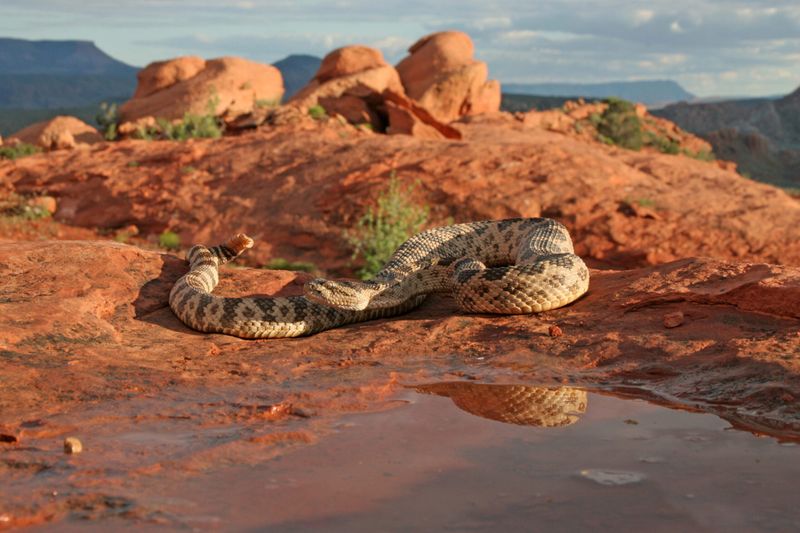
Utah’s stunning red rock landscapes harbor seven rattlesnake species. The Great Basin Rattlesnake dominates northern regions, while the Mojave Rattlesnake prefers the southwestern corner near St. George. National park rangers frequently relocate rattlesnakes found near popular hiking trails.
Mormon pioneers documented encounters with these snakes in journals, noting their abundance in valley settlements – a challenge that continues for modern homeowners in developing areas near snake habitat.
9. Florida
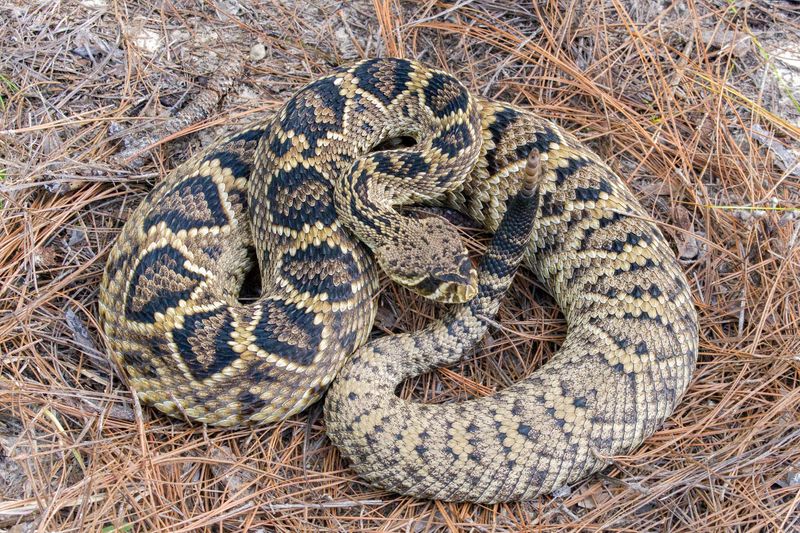
Florida might be known for alligators, but it’s also home to six rattlesnake species! The Eastern Diamondback, North America’s largest venomous snake, can reach over 7 feet long in the Sunshine State. Beachgoers occasionally spot Pigmy Rattlesnakes in coastal dune vegetation.
Development in former pine forests has increased human-rattlesnake encounters, with snakes sometimes appearing in suburban yards after heavy rains drive them from flooded burrows.
10. Georgia

In the heart of the South, Georgia is a haven for rattlesnakes. Timber rattlesnakes thrive in its lush forests, often hidden among the underbrush. Their ability to blend seamlessly into the landscape makes them both fascinating and elusive.
A hiker might cross paths with one on a sun-drenched trail, its distinctive rattle a clear sign to keep a respectful distance. Georgia’s warm climate and diverse habitats offer rattlesnakes a perfect environment to thrive.
11. Maine
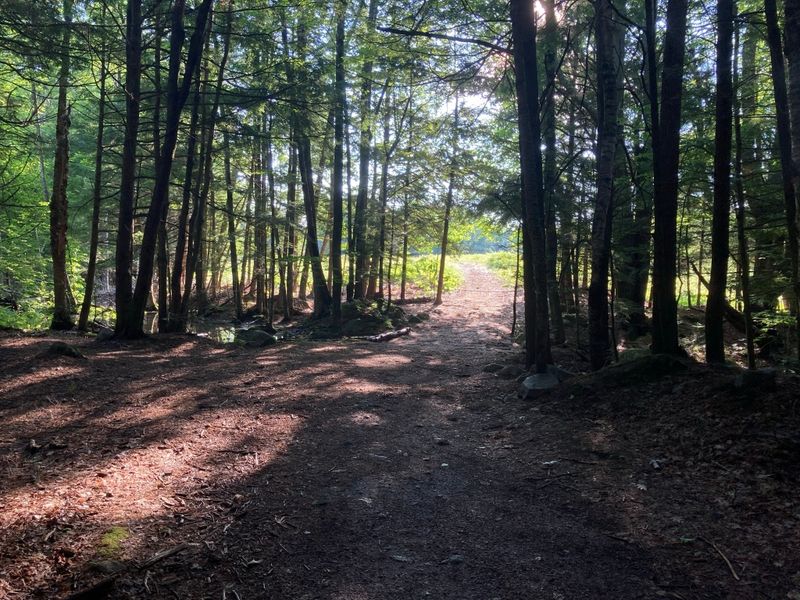
Maine’s cold climate and dense forests create an environment where rattlesnakes simply can’t survive. The northernmost state’s harsh winters would be deadly for these cold-blooded reptiles. Historical records show no native rattlesnake populations ever existed here.
Maine hikers can trek through woodland trails without worrying about that distinctive warning rattle, though they should watch for the state’s one venomous snake – the extremely rare Timber Rattlesnake in southernmost regions.
12. Alaska
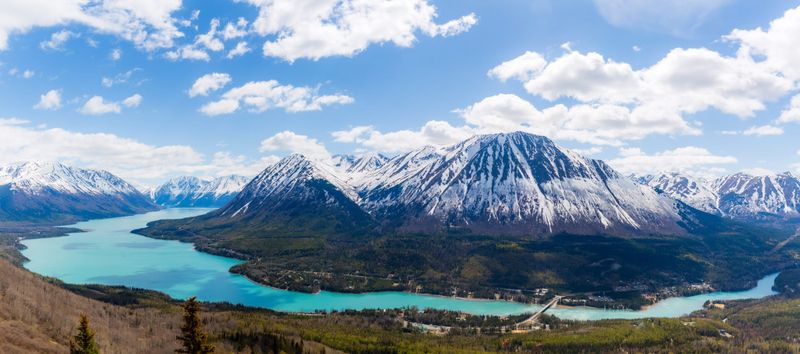
Alaska’s frigid temperatures make it completely inhospitable to rattlesnakes. These cold-blooded creatures simply cannot survive the extended sub-zero winters that dominate the Last Frontier’s climate.
Not a single species of venomous snake calls Alaska home. Wildlife enthusiasts exploring Alaska’s vast wilderness need only worry about larger predators like bears and moose, making snake gaiters unnecessary hiking gear in this northern paradise.
13. Hawaii

Hawaii’s isolated location has spared it from native rattlesnakes – or any snakes at all! The islands’ geographic separation from mainland snake populations created a naturally snake-free environment. Strict biosecurity measures at ports and airports prevent accidental introduction.
Agricultural inspectors routinely check cargo for stowaway snakes, with heavy penalties for attempted snake smuggling. This vigilance maintains Hawaii’s unique snake-free ecosystem, protecting native birds that evolved without snake predators.
14. Rhode Island
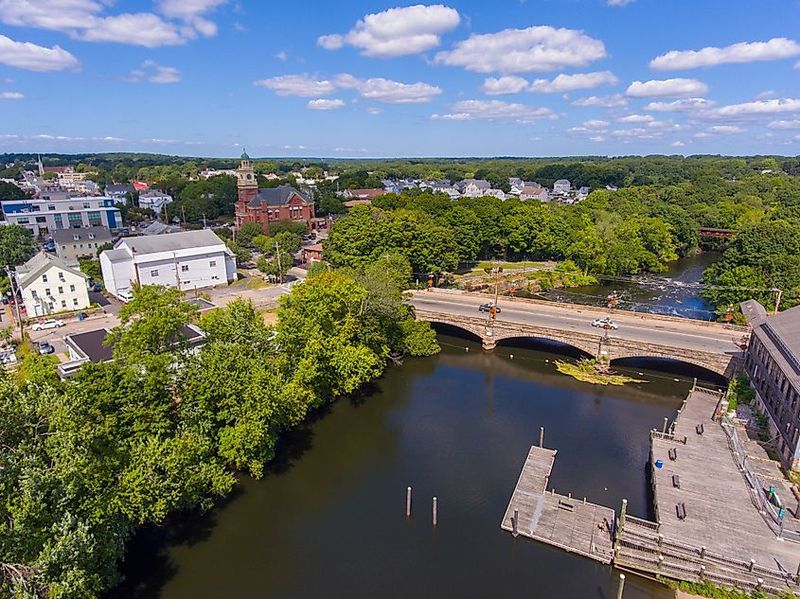
Rhode Island’s compact size and developed landscape leave little room for rattlesnakes to establish populations. Though neighboring Connecticut has timber rattlesnakes, Rhode Island’s different habitat composition doesn’t support them.
Historical records suggest rattlesnakes may have once lived here but disappeared as forests were cleared. Today, Rhode Islanders can enjoy outdoor activities without rattlesnake concerns, though the state does host other non-venomous snake species like garter snakes and black racers.
15. Vermont
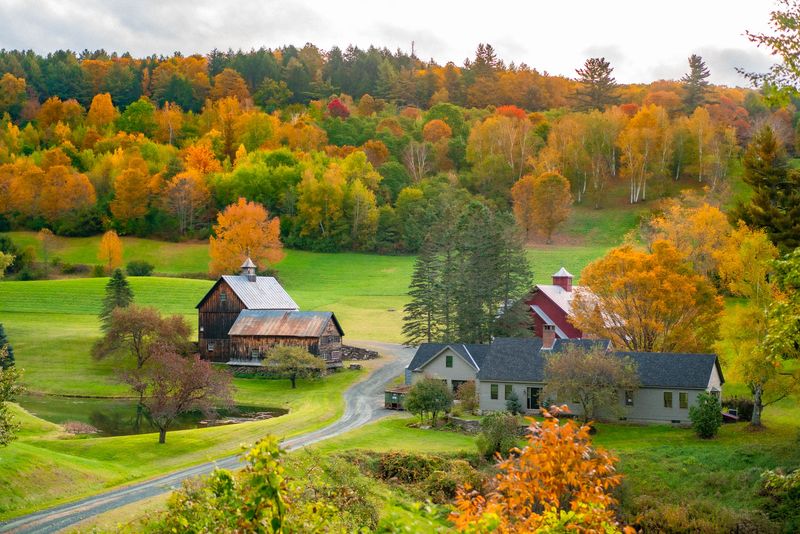
In Vermont, rattlesnakes are a rare sight. The cold climate and rugged terrain limit their presence, making any encounter a noteworthy event.
Vermont’s few timber rattlesnakes are mostly confined to southern areas, preferring rocky, sunlit slopes. These elusive creatures are part of a declining population due to habitat loss and human activity.
Nature enthusiasts may consider themselves lucky to spot one, as Vermont’s rattlesnake population is among the smallest in the U.S. Their presence adds a touch of wildness to the state’s serene landscapes.



